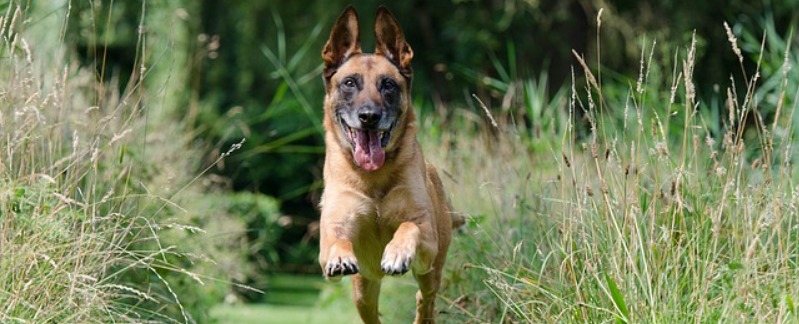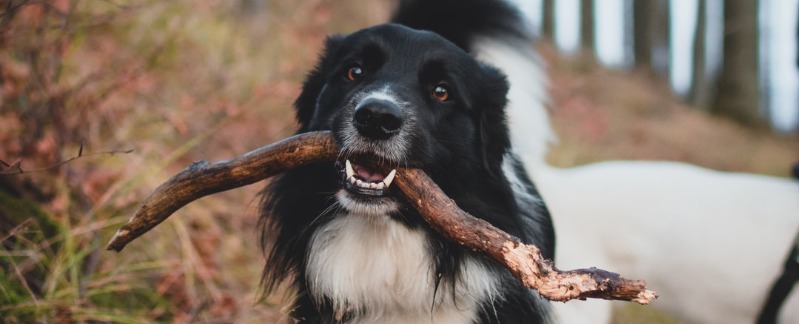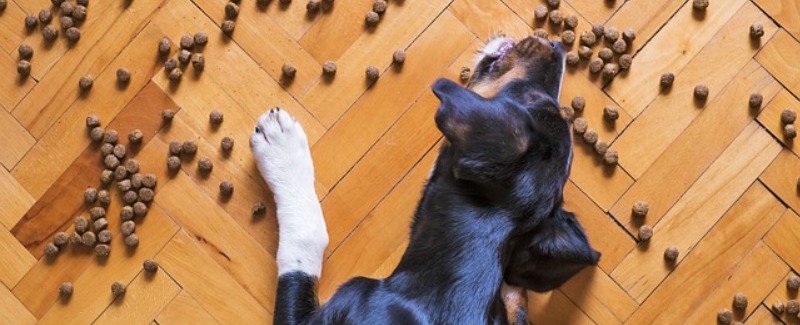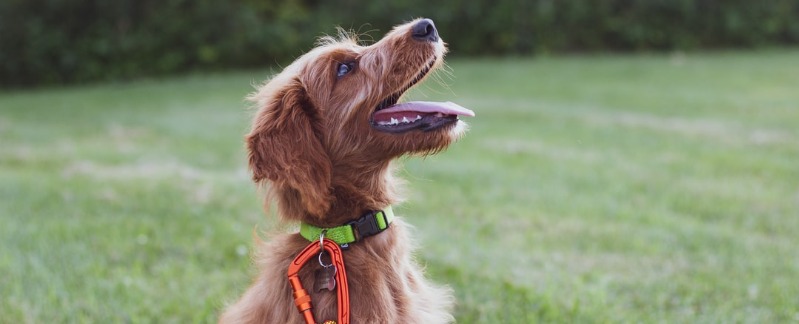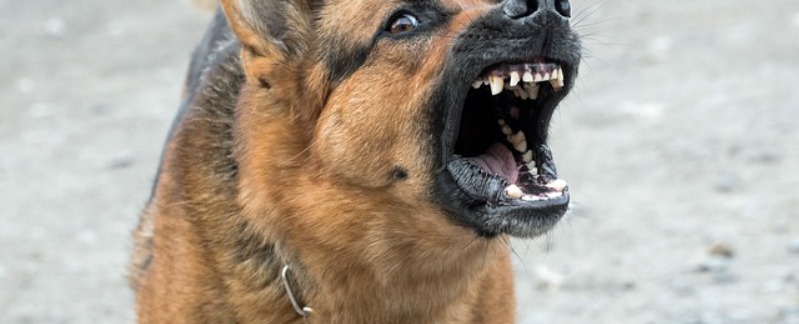Everybody wants a well-behaved dog, but not everybody wants to take the time and effort to help their dog become one. Your puppy isn’t going to raise herself to be a good dog, so you’ll have to do it. If you intend to keep her for her whole life, instead of giving her away or to a shelter, or euthanizing her when her care becomes inconvenient or you just can’t take her behavior anymore, then you are going to have to be proactive, by taking action to prevent misbehavior, rather than just reacting to it.
Proactive Management
Proactive management consists of anticipating the normal things that dogs do. If you know that she tends to get excited and jump on people when they come to the door, don’t wait for her to jump all over the pizza guy to try to get her dragline on. Let her drag it if you’re home, or put it on before the doorbell rings, or at least before you open the door. If she’s already stolen food off the counter a few times, don’t leave it there to keep rewarding her and strengthening the habit. Hole digger? Don’t leave her unattended in the yard. If she goes nuts every evening at 6:45, tearing off like her tail is on fire, grabbing anything in her path — even if it’s a human ankle — then take her out for a game of fetch or for a run at 6:30. If she’s hyperactive and acting crazy, she’s trying to tell you that she’s bored and frustrated and needs to burn off some energy.
Proactive Training
It’s important to train proactively as well. Do you remember Chicken Little and “the sky is falling”? If you know your dog has a weakness for grabbing anything that isn’t nailed down, keep several aversives, like shaker bottles, handy so you can ambush him with a barrage of several bottles falling around him to teach him that taking items that don’t belong to him isn’t a safe activity. Immediately direct him to something that is okay. If he has behaviors you don’t like, it’s not enough just to teach him what not to do. You have to replace the unwanted behavior with a new, more acceptable, and preferably mutually exclusive behavior. A great example of this is jumping up. He can’t very well be sitting and jumping up, so teach him to sit to greet people (Chapter 10 will help you teach your dog to sit).
The Dog in Your Dog
Your dog has come to you with a certain set of behaviors that are normal for him and completely foreign to you. You can’t train who he is out of him, but you can teach him to engage in his normal behaviors in ways that are acceptable to you. He doesn’t just want to chew; he needs to chew. Provide him with a variety of chewing options and pay attention to what he actually chews on. Just because someone sells it as a chew toy doesn’t mean he’s going to like it (see Chapter 8 for different ideas). If he likes to dig holes, give him a legal spot to dig with a defined corner of his own, or a kiddie pool half-filled with play sand with treats and toys buried in it. Teach him to take care of his personal hygiene issues off your couch or bed — nobody needs to see that!

